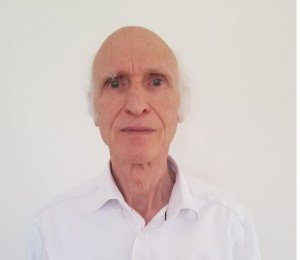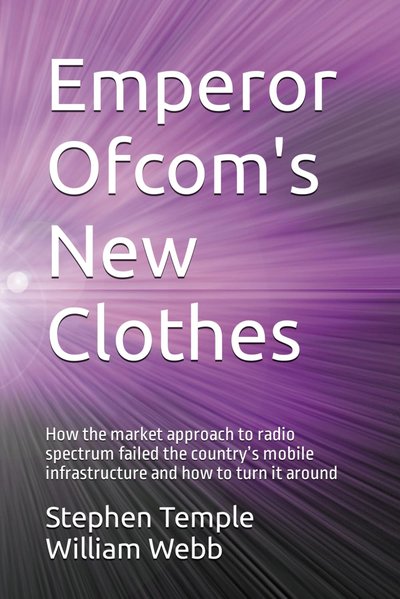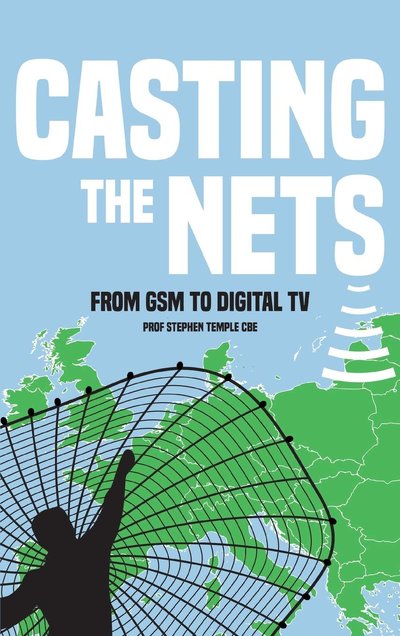

Stephen Temple is an engineer by profession and has spent 25 years in the Civil Service (rising to a senior position in the Home Office and DTI) and 18 years in the private sector (rising to Director level including Executive Board level). Currently he is visiting Professor at the University of Surrey 5G/6G IC focusing on mobile technology strategy and radio spectrum policy.

His track record in spectrum began in 1971 when he represented the UK at the ITU 1971 Space Conference on spectrum sharing between earth stations and radio relays. He has since been responsible for two groundbreaking advances in mobile spectrum. He was the first policy maker in the world to bring about the use of a band above 1 GHz for cellular mobile. Nobody at the time thought this was economically feasible. The 1800 MHz band allowed more mobile network operators into the market. In 2016 he was brought into Euro5G to sort out the impasse over spectrum for 5G after an ITU wrold conference in 2015 failed to agree to 28 GHz being used in Europe. His unique controbution was to turn the 5G community away from a singular focus on mmWave spectrum (eg 28 GHz) on economic grounds. Instead he proposed that 5G needed three “5G pioneer” bands to cope with the conflicting demands of wide coverage and high capacity. The mid band 3.6 GHz would be “the sweet spot” between the two. This was liked by industtry, regulators and the EU Commission and later adopted across Europe and other parts of the world. In his time at the Home Office he planned the change of emergency services radio networks from low to high band VHF.
Whilst at the DTI he was at the heart of digitalising Europe’s mobile and television networks. He led for the UK in the highly successful GSM initiative. Together with officials from France, Germany and Italy, he helped to create the mobile revolution (See WWW.GSMHistory.Com). He wrote the GSM Memorandum of Understanding that was to change the face of the global mobile supply industry. It laid the foundation for the “mobile technology generation” changes where all the mobile operators “jump together” behind a next generation technology standard to create instant massive scale economies and eventual universal roaming on the next generation technology. He wrote the visionary DTI Consultation Document “Phones on the Move” which has been widely recognised as triggering the transformation of the mobile phone into a consumer mass market product. He co-founded the DVB group that set Europe’s path to digital TV. He chaired the Technical Assembly of the European Telecommunications Standards Institute from 1988-92. Later he headed up one of the Sponsorship Branches set up by Michael Heseltine in a new approach to industrial policy. He was the driving force behind the UK adopting digital terrestrial TV (as a competitive counter-balance to the Sky platform) that later became Freeview. He chaired the review that broungt about Digial Audeo Broadcasting (DAB) in the UK. He later sat on the Digital Britain steering group and was tasked by the Minister Stephen Carter to write the infrastructure section of the report.
In the private sector he was Director of Advanced Technologies at ntl (taking into trials their first cable modem service that sparked BT to move from their ISDN to ADSL). He set ntl’s digital cable technology strategy to deliver a very high quality of service. He was later Managing Director of the Networks Division and helped the company through its restructuring. He then joined Vodafone’s corporate strategy group where he was Director of Strategic Projects, which included developing Vodafone’s broadband strategy. His main accomplishment was to steer the company strategy away from its founding “wireless pure play” principal, the main effect of which was to be felt in Germany.
Over his career he played a role in shaping and accelerating the digitalisation of all the UK’s public access networks – fixed, mobile, TV and Sound Radio. His role in ETSI and GSM was to have a profound impact on European and global telecommunications that still reverberate today.
He was awarded a CBE in 1996 for services to trade and industry. He is a Fellow of the Royal Academy of Engineering and the IET. He won the 1994 IEEE prize for international communications and the 1996 GSM Association Chairman’s Award for Outstanding Achievement.

The pressing need across Europe is for pro-investment mobile regulation. This book describes, for the first time, what a pro-investment mobile regulatory framework might look like.

Casting the Nets provides an unparalleled insight into the great digital transformation of Britain’s communications networks over the period 1984-2004. It gives a graphic description of industrial policy-in-action and brings to life what is involved.
All content here (c) copyright of Stephen Temple